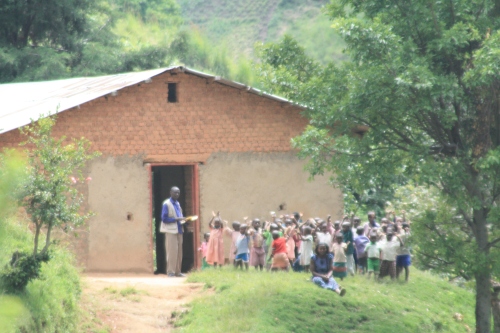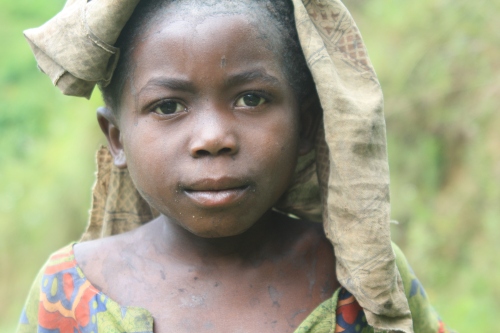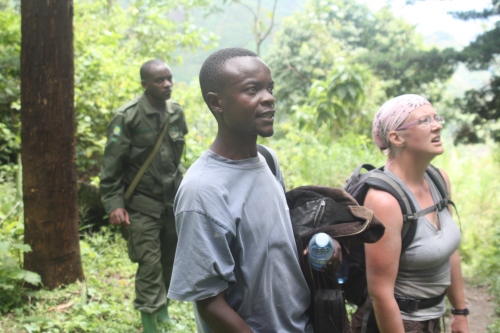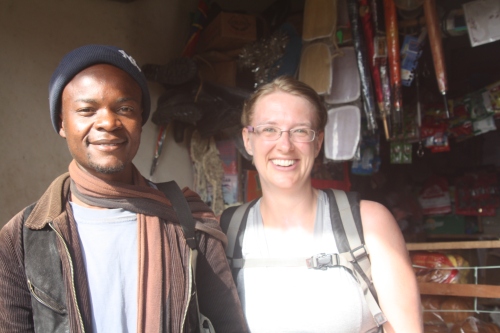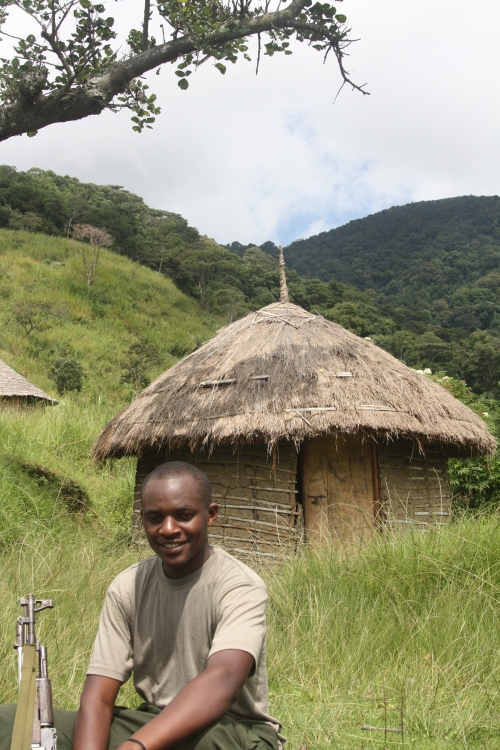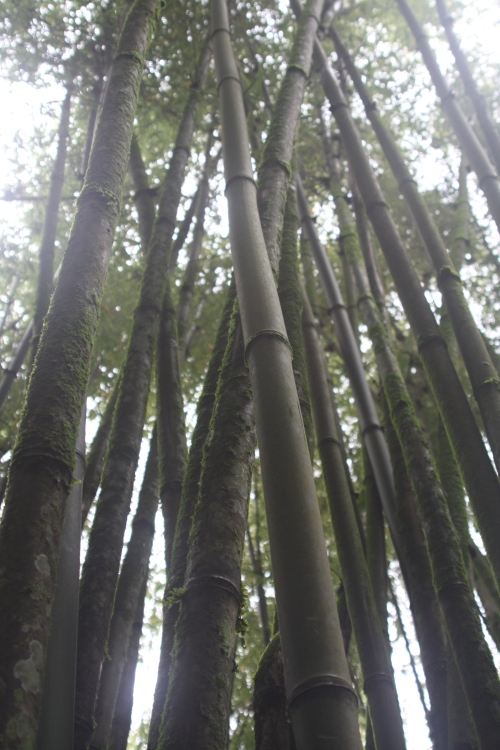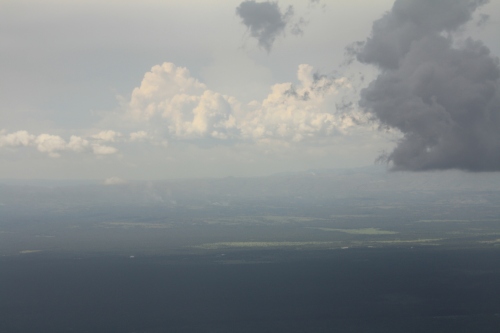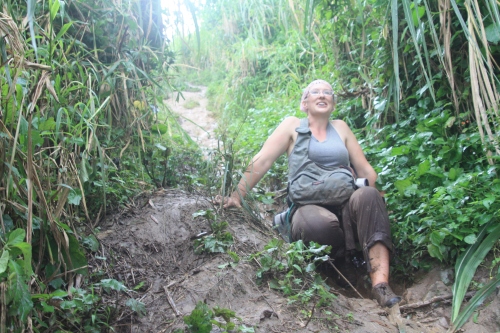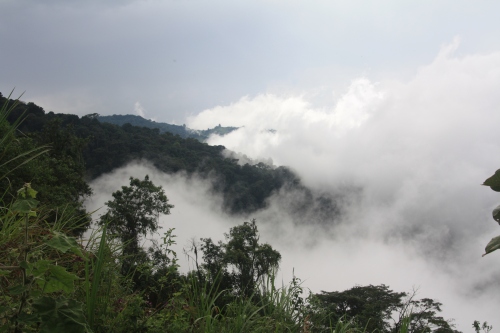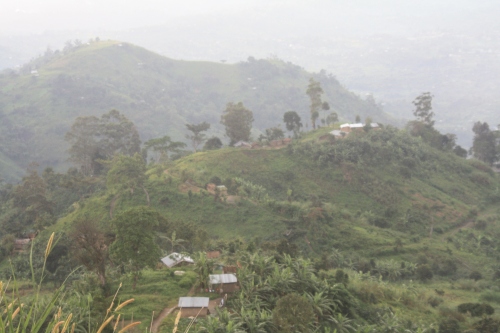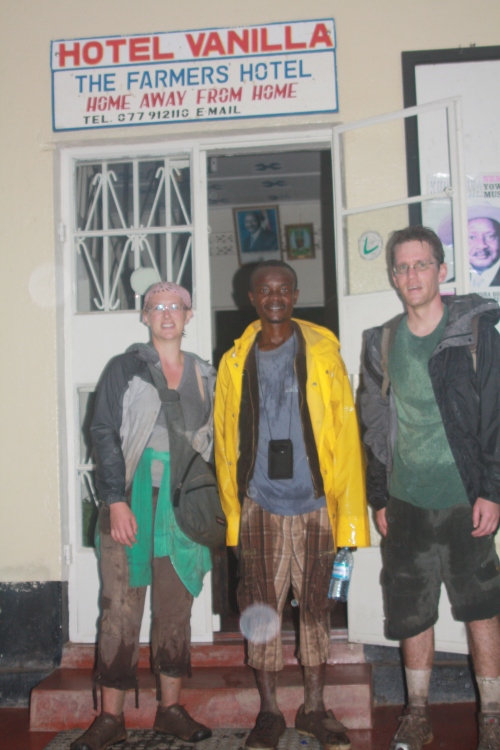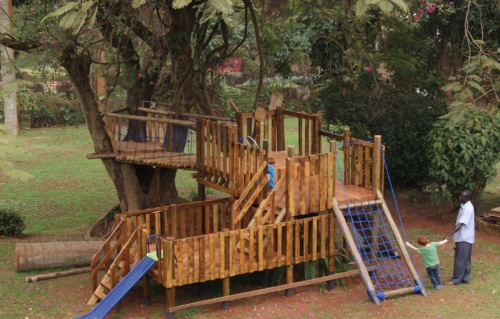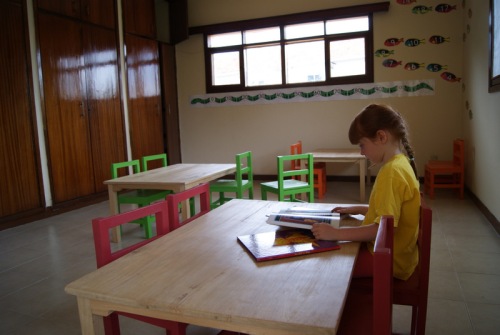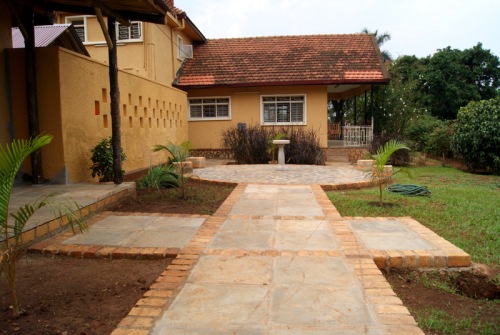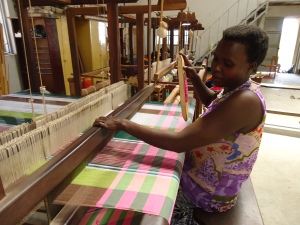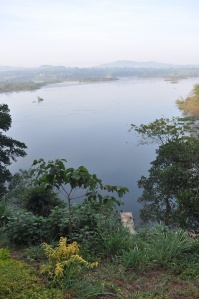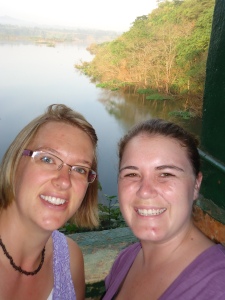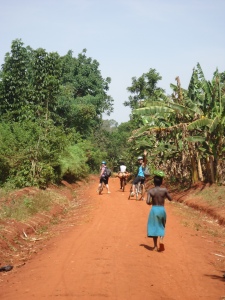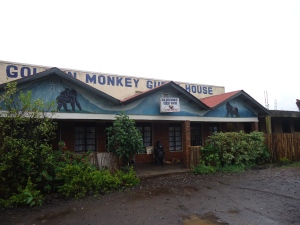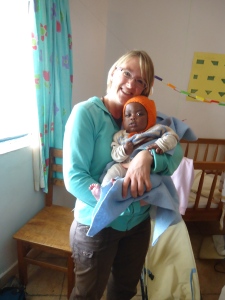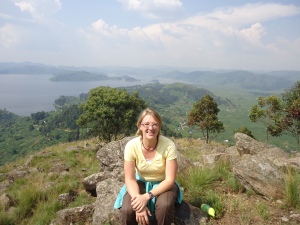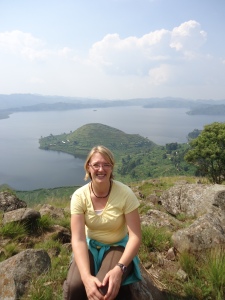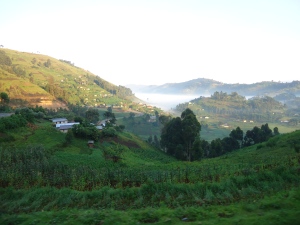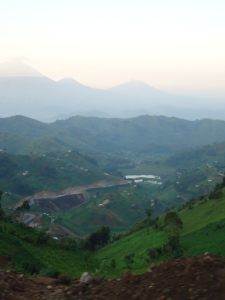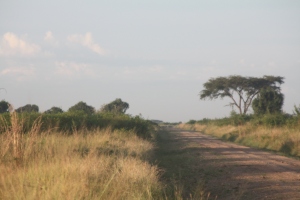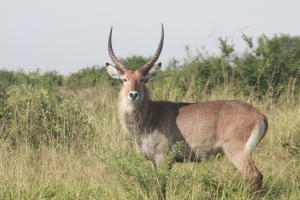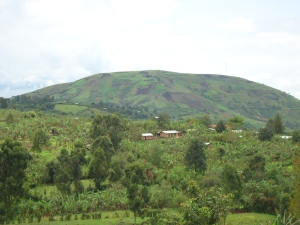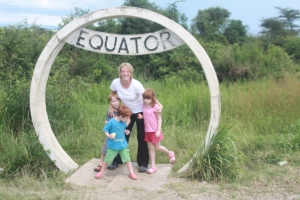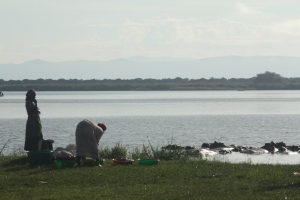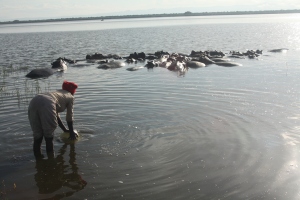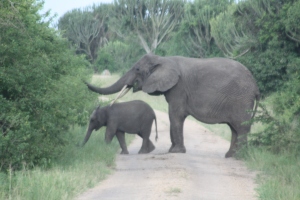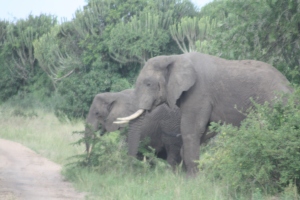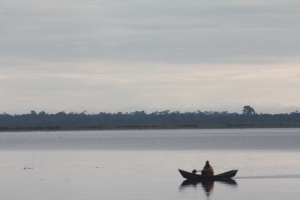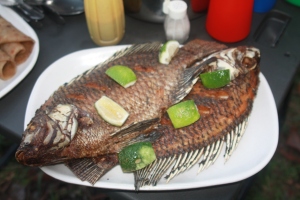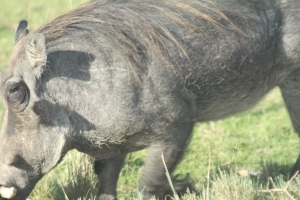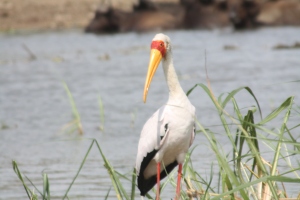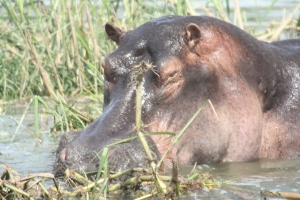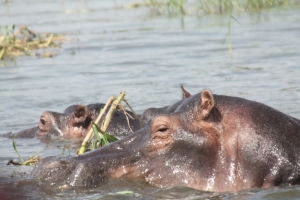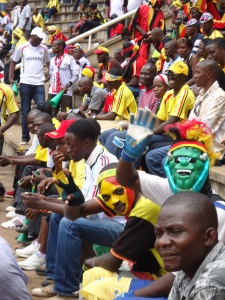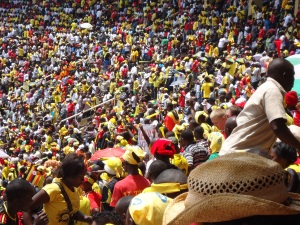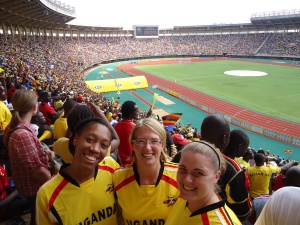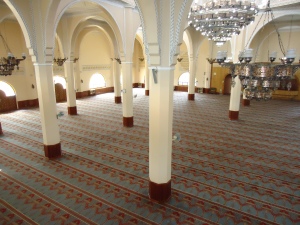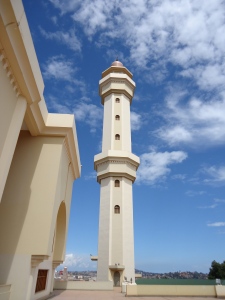
It seems one does not live long in Africa before red dirt roads and motorbikes begin to factor prominently in one’s life. That was certainly true during my Easter break visit to Kajo Keji in South Sudan. It was also a place of peace, beauty, and, as many friends have already heard me rave, mangoes!
Some of you have already seen/heard about my trip from a prayer update I sent or from Facebook. If you haven’t, though, read on! I included a few more details here.
My friend Jessie and I traveled to South Sudan to spend a few days with Francis Chandiga and his wife Betty. Francis (he also goes by ‘Chandiga’) is a Sudanese friend of my cousin Jason, who worked with him in the Nuba Mountains of Sudan. Chandiga now works for Child Evangelism Fellowship, and, as he was gracious enough to host us, we traveled north for adventure in South Sudan.
Travel: We took the Zawadi bus from Kampala north to Moyo, which is on the border. The bus station is in the city center, and we needed to be there by 6:00 a.m.. I had arranged the night before for boda drivers we know to pick each of us up at our homes at 5:30 a.m; at 5:40 Jessie and K.B. were outside my gate, but Hassan, my boda driver, was nowhere to be seen. K.B., though, saved the day by going to Hassan’s home and waking him up, and before long we were zipping along in the cool predawn darkness. Kampala is really nice in the early morning before the roads get congested.
It was a great trip (as far as bus travel goes)! The bus was on time, clean, and orderly. Each bus has a “conductor” who helps passengers, handles logistics, etc. Before we left the bus station, the conductor asked for prayer, and one of the three lovely nuns sitting across the aisle from us stood and prayed. We made a couple stops but were very punctual at each, and made it to Gulu, basically the halfway point, in 4 1/2 hours, which is almost unheard of.
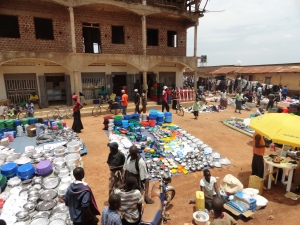
A market in the northern Ugandan town of Gulu. Gulu was really hit hard when Joseph Kony and the Lord's Resistance Army were wreaking havoc in northern Uganda, so it's seeking to recover and rebuild now that it seems to be at peace.

This roadside stand is a common site wherever buses stop. People sell roasted cassava (on the right) and roasted plantain (left), chapati (which are like tortillas, but better!), roasted meat (meat-on-a-stick), and sodas and water.
At that point, I considered calling Chandiga, who would be meeting us in Moyo, and letting him know that we were ahead of schedule. I’m glad I didn’t, though, because the longest part of the journey was to come!
Veering northwest from Gulu, we left behind the smooth, paved, relatively wide roads for rutted, potholed dirt roads. The landscape changed at that point, too. It was more open–there were fewer banana trees–and we could see mountains in the distance on either side of the road.

After about 45 minutes, our bus pulled to a stop behind a long line of lorries (trucks). Early in the morning, the first real rain since the start of the dry season had fallen, and parts of the road were impassable to the heavy lorries. So our conductor would get out and walk to find the next empty spot in the line, and the bus would “leap frog” forward. We got out along with many other passengers and walked a good bit of the distance. Eventually we got back in, endured a scary five minutes when it felt as if the bus would tip on the muddy uneven road, and were on our way.

Walking to catch up with the bus
The other notable event of the trip was the ferry across the Nile. Very fun and cool! The Nile was wide and placid, but pretty swift-moving in this part of the country. This part of the river is the White Nile, and this stretch is also know as the Albert Nile because it flows out of Lake Albert in western Uganda.
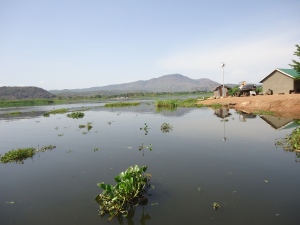
We arrived, at last, in Moyo to see Chandiga and his coworker Samuel smiling and waving from the crowd of folks meeting the bus. After a quick meal of beans and rice, we were off (on the back of motorbikes) for Kajo Keji. The border crossings were smooth, easy, and low-key. There was a 10 km-or-so wide “no man’s land” between the two borders, which I found interesting. Chandiga said that one benefit of it is that it acts as a buffer in times of war/dispute (and the border is somewhat disputed); troops can’t spill over the border and immediately enter the other country.
We had the loveliest introduction to Kajo Keji we could’ve asked for. The sun threw its lovely golden light across the landscape, and the air cooled as we zipped along. My serenity was occasionally interrupted by Chandiga’s screeching on the brakes for a chicken or goat in the road, but otherwise it was the nicest welcome we could want.

Kajo Keji: South Sudan is divided into states which are further divided into townships, and that’s what Kajo Keji is. The Kuku tribe is the predominant people group there, and the language has the same name. There are places in South Sudan that are not peaceful, and people groups who are not peaceful. For example, the Dinka, one of the biggest tribes in South Sudan, do quite a bit of cattle raiding and general fighting back and forth. The Kuku, though, generally are peaceable, and Kajo Keji is a more peaceful and prosperous area of the country. Chandiga said several factors influence this. One is that many Kuku now live in the US or Australia, and send money back home. Another (probably related to the presence of a little more money) is that people in KK tend to be better educated. (Both education and prosperity should be viewed relative to the rest of South Sudan). A third is that Christianity seems to have taken a hold in the area, so that there is a sense of ethics even among those who don’t actively practice Christianity. Chandiga said that both theft and witchcraft are quite rare. I’m sure Kajo Keji has its set of social ills, but the previous characteristics are definitely good things!
The Language: As I mentioned, the language is Kuku. Here are a few words/phrases that we picked up.
Do pure (doh pou-ray) The morning greeting, used until noon, for addressing one person
Ta pure (tah pou-ray) Also used until noon, but for addressing two or more people
Do parana (doh pah-rah-nah) Used from noon until evening for addressing one person
Ta parana (tah pah-rah-nah) Same as above, but for addressing two or more
Nan pure/parana The reply to the greeting, depending on the time of day
Tiyiti! (tee-tee; it’s said so quickly that the middle syllable is nearly dropped) Let’s go!
Wulek wulek! Quick quick!
Schools: I had written to Chandiga asking how we could help if we went for a visit. During the school holidays, Chandiga runs day camps for kids–quite similar to vacation Bible schools. Because school was still in session, though, he arranged for us to speak in local primary schools and secondary schools and to speak to the teachers as well, so we visited four primary schools and four secondary schools over the three days. One notable was that each schoolyard had at least one big tree in whose shade we gathered to speak. It seemed so African (and very cool) to do that. At the primary schools, we shared the creation story and how Jesus came to fix the problem of our broken relationship with God. At the secondary schools, we spoke to students who were members of the Scripture Union, which is a Bible club for young people. I believe it started in Scotland and is active in many places around the world.
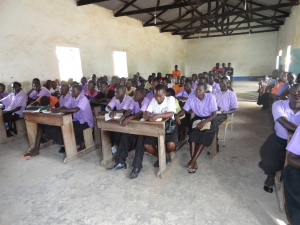
Scripture Union kids in a secondary school classroom.
The Scripture Union students were super! I think their Bible knowledge was pretty basic, but they wanted to know more and just seemed very sincere in their faith. It was fun, too, to hear them worship. A song leader, usually a girl, would get up and lead out (a capella) with a song, and everyone would start clapping and moving. Often she would sing a line (Hallelujah, God is good) and everyone else would repeat it. They had their well-known favorites just like kids in America or anywhere else, and they knew when to clap, when to dance, etc. South Sudan is in a pivotal place right now, and these kids will be the first new generation of leadership in South Sudan. It can become a country of justice and equity-a beacon in East Africa- if young people like this rise up to govern with integrity. That’s exciting stuff!
Chandiga said he feels like the youth are often overlooked in churches and just don’t get a lot of direction or leadership. Please pray for men and women to mentor these kids as they grow to maturity.
Below are pictures from some of the schools we visited.
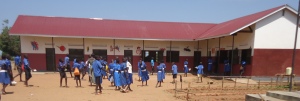
Most of the school buildings looked fairly crisp and fresh.
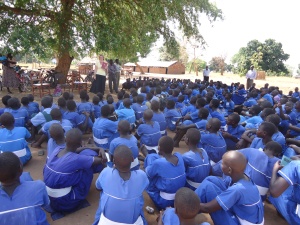
Meeting under the big tree!
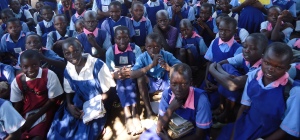
The kids listened nicely. There were consequences if they didn't! At one school, we heard a little boy being "beaten" (swatted with a stick) in the room next door because he had repeatedly stolen money from home and bought a bunch of bread for his friends at school.
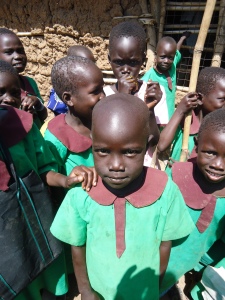
I nearly caused a riot (of very small people) when I took pictures of these kiddos and showed them the images!

Some of the little folks from above playing outside their nursery school. This was the most 'primitive' school building I saw, and it was the exception. South Sudan has had peace for about 7 years now-- people have been back in the area for about 10--so as time passes, the school buildings have gotten nicer. Most looked like the building in the first picture.

A friendly little person at the last primary school we visited. She was the daughter of one of the teachers. Several of the teachers also had babies with them, and fed them (the natural way!) while we sat in the shade of the mango tree and talked.
Mangoes: We arrived in Kajo Keji on the upswing of mango season, and I took full advantage of the situation! Two of the three days we were there, we had a “rest time” after visiting a primary school in the morning. The first stage of rest time was to sit under the mango tree and eat freshly picked mangoes. And they were good mangoes–firm, not too sweet, not stringy, just GOOD! Mango trees are a useful feature in Kajo Keji, and I would guess other parts of Africa. We spent a significant part of our visit sitting under mango trees-waiting to meet someone, talking to kids, or just relaxing. One of the motorbikes developed a flat tire on the way back to Moyo so we waited for the repair…under a mango tree!
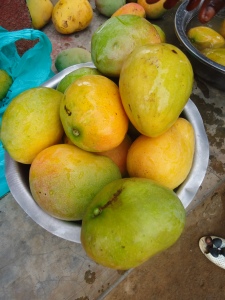
Need I say more?
Prices: A friend asked me to include more information about the prices of things. We actually used Ugandan shillings in Kajo Keji; South Sudan uses the pound, and I guess it’s used there too, but it was easier for us to take shillings because we already had them. We didn’t buy a whole lot on the trip, but here are few examples. I think the exchange rate was around 2400 UGX to the dollar at that time, so that’s how I figured prices.
- The bus ticket: 65,000 UGX round trip-$27
- A room (2 beds) in a seedy hotel in Moyo (the border town): 30,000 UGX -$12.50
- Lunch for 4 in Moyo: 40,000 UGX-$16.67 UGX
- Chapati from the bus window: 2000 UGX-$0.83 (!)
- Boda home from the city center-6000 UGX-$2.50
- Getting to see and experience South Sudan: PRICELESS! (I had to say it!)
A Big View: One of my favorite parts of the visit was experiencing this corner of the world God created and getting just a glimpse of what He’s doing there. I find in myself, in the course of cross-cultural living, pockets of ethnocentrism in my thinking and understanding. I of course know God created the whole world, and in an abstract sense I understand that. But I better understand God’s love for people in the contexts I know, with people whose language and culture and even appearance are familiar to me. But places like South Sudan seem far away and so very foreign. But God created this whole world, and He is present and active everywhere. His love and care are not linked to culture or tribe or nation or language or location. He is as concerned about what happens in the lives of the children around the bore hole or the ladies hoeing crops in the field as He is about me and the lives of my family and friends. My mind can barely hold that thought, but I saw it and experienced while I was in Kajo Keji, and it was a great outpouring of His grace that I could do that.
As I write, war seems to be coming for South Sudan and the Republic of Sudan. Please pray for these people who have suffered greatly for years that they may be spared further suffering.
Thanks for coming along with me. I love sharing my adventures!
Find a few more miscellaneous pics below!

Chandiga and his family; his wife Betty is beside him.

The view from Chandiga's house
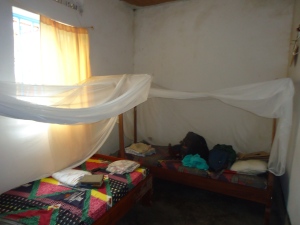
Our simple but very adequate room. Chandiga was a gracious host, and we ate well and were well cared for!

We visited a women's cooperative run in partnership with the Catholic church. Women here baked bread, made jewelry, and wove beautiful cloth like this.
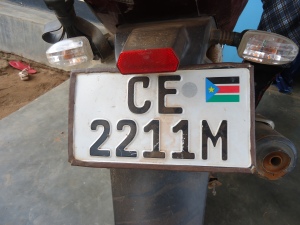
South Sudanese boda license! I had to have a picture of that!
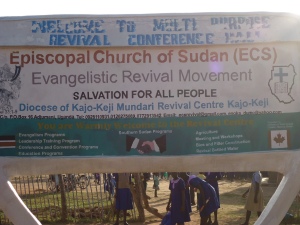
The Episcopal Church apparently has quite a presence in Kajo Keji. We saw many Episcopal Churches, and either the Anglican church or the Episcopal church runs a Bible college. Betty (Chandiga's wife) is attending the Bible college; she's one of two women there.

One of approximately 50 churches that Samaritan's Purse built in Kajo Keji. The previous churches had been bombed during Sudan's long civil war.

Some kiddos on their way to school. We met them on a morning walk. We saw kids arriving at the school late--they got three swats on the bottom with a stick!
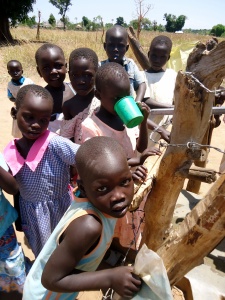
Little children at the bore hole very near Chandiga's house. Child Evangelism Fellowship drilled the hole, but he has made it available to the community, which shortens the walk for water that the women and children must make each day.

It was good to be back in cattle country. The people of Kajo Keji aren't as into cattle as the Dinka and Nuer farther north--they're more farmers--but I did see a few herds, which made me happy!
